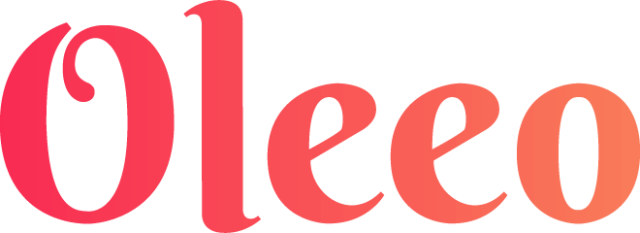Recruiting Funnel
What is a Recruiting Funnel?
A recruiting funnel refers to the entire recruiting process, from beginning to end. It consists of sourcing candidates, screening, interviewing, and hiring. It’s a funnel because it starts with a large number of candidates, which then reduces through each step of the funnel. The number of candidates who apply for a position won’t be the same number of candidates who reach the interviewing stage.
The employer’s job is to ensure the recruiting funnel identifies the best candidates, chooses the best hire, and creates an enjoyable and streamlined process for the candidates.
The first step of the recruitment funnel is sourcing candidates. Organizations choose to do this in multiple ways, from posting job advertisements to reaching out to ideal candidates on social media. This part is all about attracting top talent for the role.
Next comes the screening process. At this stage, employers need to identify who out of the applicants best suits the role. They likely only have a resume to go on, so this will often be about the candidate’s work experience, education, and skillset. Many employers conducting High Volume Hiring choose to use application tracking software at this stage.
The interviewing stage is a significant part of the funnel. It involves meeting candidates either in-person, on the phone, or via a video conference and gives recruiters the chance to figure out who is the right fit. The experience, passion, cultural fit, or all three of a candidate might determine this.
Organizations must plan a recruiting funnel that works for both the employer and the candidate. That way, they end up with the best hire while ensuring all candidates leave with a positive impression.
